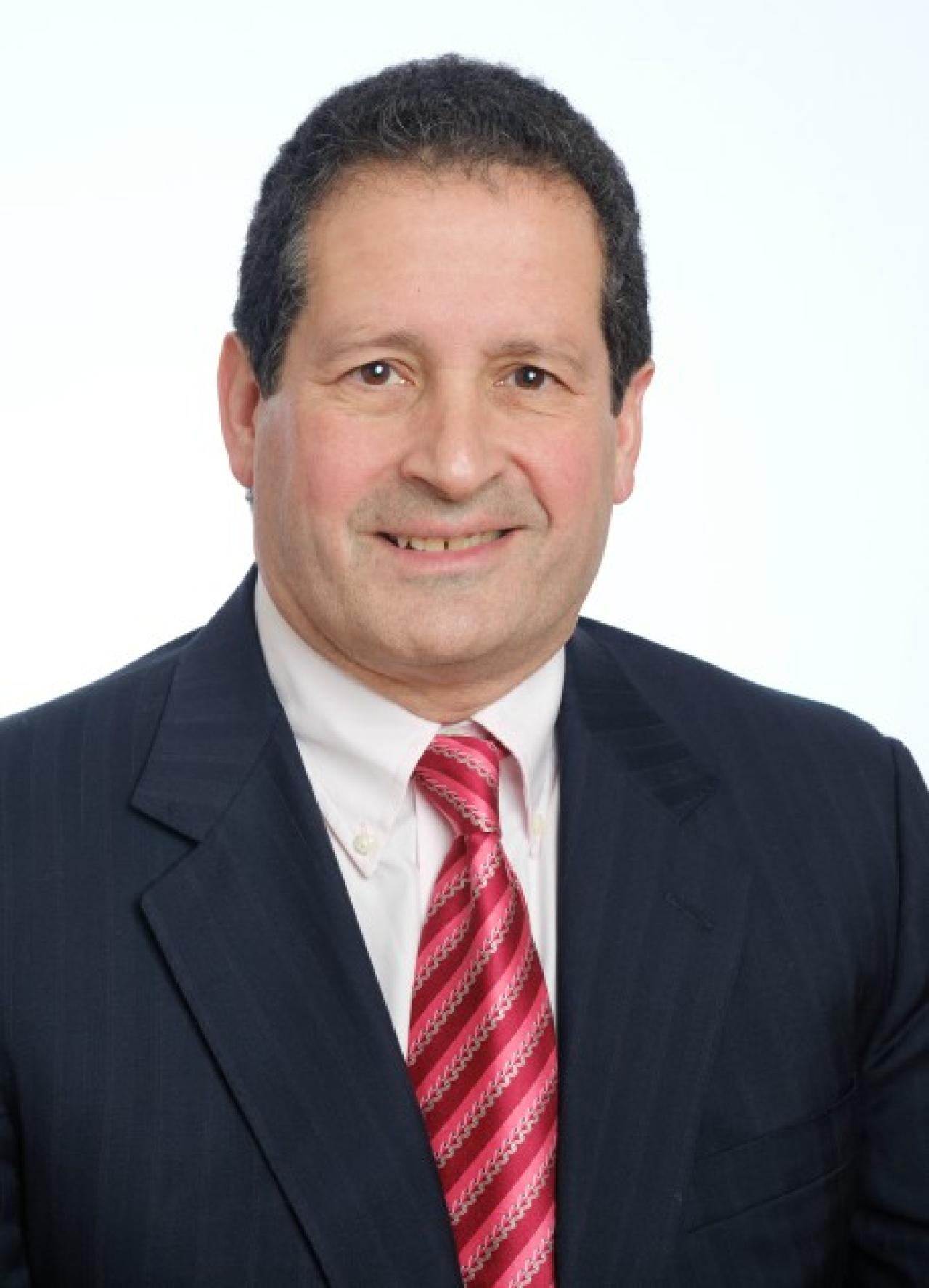It can seem like vein centers pop up like nail salons, one on every corner, but vein treatment is not only cosmetic. In fact, vein treatment can change your life.
In May 2023, Columbia's Eastern Vascular Vein Center, located in the East Bronx, received accreditation from the Intersocietal Accreditation Commission (IAC). The IAC only awards accreditation to vein centers that demonstrate a high level of patient care, vein evaluation and management, and/or treatment procedures.

Michael Vitti
"Many facilities call themselves vein centers, but have limited scope. Receiving accreditation demonstrates our center is a center of excellence where people can have confidence that the very best standards of care are provided," says Michael Vitti, MD, director of the center.
During the accreditation process, the commission scrutinized the center, from reviewing medical records to observing live vein procedures. "I am very proud that we are one of only nine accredited centers in New York City and only 15 in New York state," says Vitti.
We sat down with Vitti to talk about one of the most common conditions his center treats: varicose veins.
What are varicose veins?
Varicose veins are abnormally enlarged veins that are visible through the skin. They may or may not cause pain or other symptoms.
Types of varicose veins
- spider veins: reddish-bluish and thread-like
- reticular veins: networks of small bluish and string-like veins
- true varicose veins: large rope-like veins that feel spongy to the touch and bulge out from the skin surface
What causes varicose veins?
Varicose veins are caused by elevated pressure in the veins of the legs.
The job of veins is to bring blood back to the heart. The valves of veins are supposed to close when a person stands or sits so blood goes up toward the heart and not down the leg.
In people with varicose veins, however, these valves leak. So blood flows down the leg and accumulates, increasing pressure in the veins of the lower legs. This increased pressure causes veins to enlarge and become snake-like in appearance and shape. This pressure also causes legs to feel heavy and tired and can cause muscle cramps at night.
How do varicose veins impact health?
Most often, people simply do not like the way varicose veins look, which can lead to depression and anxiety and result in behaviors such as avoidance of being in public when it's hot out. But sometimes varicose veins cause physical health problems.
- Varicose veins can develop blood clots or rupture and bleed.
- Increased pressure in the veins of the legs can make a person feel heavy, tired, and run down. Varicose veins can make it necessary to curtail physical activities to rest and elevate the legs.
- Stasis hyperpigmentation: Increased pressure in the veins can cause physical changes in skin around the inner ankle and calf; it becomes darker and thicker than surrounding areas.
- Stasis inflammation: When severe, pressure causes the skin and soft tissue of the lower leg to become inflamed with hard, red, and tender areas. It is often mistaken for infection. If not treated, the skin can break and form an ulcer, which typically takes a long time to heal.
- Chronic venous insufficiency: Impaired functioning of veins in the legs after they become damaged or weakened. Blood pools in the legs because veins cannot push blood upward against gravity so it remains stagnant or flows backward. This can result in complications and disability.
What are the best ways to treat varicose veins?
- Self-care and lifestyle changes: exercise, elevating leg(s), less standing or prolonged sitting, weight loss, stop smoking
- Compression stockings
- Nonsurgical office-based procedures: endovenous ablation treatment
- Surgery (most insurance companies will not cover the costs of nonsurgical procedures or surgery for cosmetic reasons)
When should someone see a doctor about varicose veins?
See a doctor if varicose veins are severe (thick, painful) or if compression stockings, exercise, raising legs when sitting or lying down and/or other self-care methods don't work.
Why is it important to see a doctor and/or go to an accredited vein center if you have varicose veins?
A person who has varicose veins along with swelling and discomfort of the legs, discoloration of the skin in the lower leg, or hardness and tenderness of the lower leg should have a thorough vascular evaluation to avoid progression to mental and physical health problems.
What does every patient ask about varicose veins?
Most patients are concerned about blood clots. Surprisingly, most are unaware of the associated conditions that varicose veins can cause, such as ulcers, stasis inflammation, hyperpigmentation, swelling, and debilitating pain. An essential part of our initial consultation is patient education about the condition and a detailed explanation of the diagnostic findings done in our vein center.
References
Michael Vitti, MD, director of Columbia's Eastern Vascular Vein Center, is a vascular specialist who evaluates the circulation of the arteries and veins in the entire body. He is an expert in the treatment of vein disease and its complications.






